Ensuring Safety and Responsibility: What is Acceptable When Using Power Tools
Power tools are indispensable allies in the world of construction, carpentry, and DIY projects, enabling us to tackle tasks with greater efficiency and precision. However, these powerful machines demand a high level of respect and responsible handling to prevent accidents and injuries. As we wield the might of power tools, it’s crucial to understand what practices are acceptable and what should be avoided at all costs.
Proper Training and Familiarity
Before even picking up a power tool, it’s essential to receive proper training and familiarize yourself with its operation, safety features, and potential hazards. Attempting to use a tool without understanding its intricacies is a recipe for disaster, putting yourself and those around you at risk.
Seek out formal training opportunities, whether through workshops, online resources, or guidance from experienced professionals. Thoroughly read and comprehend the manufacturer’s instructions and safety guidelines, and never hesitate to ask questions or seek clarification if something is unclear.
Maintaining a Clean and Organized Workspace
A cluttered and disorganized workspace is a breeding ground for accidents when working with power tools. Tripping hazards, obstructed pathways, and poor visibility can quickly turn a routine task into a dangerous situation.
Take the time to clear your workspace of unnecessary clutter, debris, and obstacles before starting any project. Ensure adequate lighting and ventilation, and keep power cords and air hoses neatly organized to prevent entanglement or tripping hazards.

Wearing Appropriate Personal Protective Equipment (PPE)
Personal protective equipment (PPE) is an essential line of defense against the various hazards associated with power tool use. From flying debris and noise exposure to potential kickbacks and accidental cuts, PPE plays a crucial role in safeguarding your well-being.
At a minimum, it is acceptable and highly recommended to wear appropriate safety glasses or goggles, earplugs or earmuffs, sturdy work gloves, and steel-toed boots when operating power tools. Depending on the task at hand, additional PPE such as hard hats, respirators, or cut-resistant sleeves may also be necessary.
Maintaining Focus and Avoiding Distractions
Power tools demand your full attention and concentration to operate safely and effectively. Distractions, whether from external sources or personal preoccupations, can lead to lapses in judgment and potentially catastrophic consequences.
It is acceptable and highly advisable to eliminate potential distractions from your workspace before using power tools. This may include silencing your phone, ensuring that children and pets are kept at a safe distance, and minimizing unnecessary noise or commotion in the area.
Respecting Tool Limitations and Capacities
Every power tool is designed with specific capabilities and limitations in mind. Pushing a tool beyond its intended capacity or using it for tasks it was not designed for can compromise its performance, durability, and most importantly, your safety.
It is acceptable and recommended to thoroughly understand the limitations of each power tool you use, including its maximum cutting depths, material compatibility, and recommended accessories. Adhering to these limitations not only ensures safe operation but also helps to prolong the tool’s lifespan and maintain its optimal performance.
Maintaining Proper Tool Maintenance and Inspection
Power tools are precision machines that require regular maintenance and inspection to function correctly and safely. Neglecting these crucial tasks can lead to tool malfunction, increased wear and tear, and potential hazards during operation.
It is acceptable and advisable to follow the manufacturer’s recommended maintenance schedules, which may include tasks such as lubricating moving parts, replacing worn components, and inspecting for any signs of damage or wear. Additionally, it is important to inspect each tool before use, checking for any loose parts, damaged cords, or other potential issues that could compromise its safe operation.
Unplugging and Securing Tools When Not in Use
Power tools should never be left unattended or unsecured when not in active use. This simple act of negligence can lead to accidental startups, potentially causing injuries or damage to the tool itself.
It is acceptable and highly recommended to develop the habit of unplugging corded power tools and removing batteries from cordless tools when not in use. Additionally, ensure that tools are securely stored in designated areas, out of reach of children or unauthorized individuals, and protected from potential damage or misuse.

Following Manufacturer’s Safety Guidelines and Warnings
Every power tool comes with a comprehensive set of safety guidelines and warnings provided by the manufacturer. These guidelines are not mere suggestions; they are carefully crafted instructions based on extensive testing and research to ensure the safe operation of the tool.
It is not only acceptable but imperative to thoroughly read, understand, and follow these safety guidelines and warnings to the letter. Ignoring or disregarding these instructions can have severe consequences, potentially leading to injuries, tool damage, or even voiding the manufacturer’s warranty.
Maintaining a Responsible and Respectful Attitude
Perhaps the most crucial aspect of using power tools safely and acceptably is maintaining a responsible and respectful attitude towards these powerful machines. Power tools demand our utmost respect and should never be treated with complacency or recklessness.
It is acceptable and expected to approach each task with a mindset of caution, patience, and awareness. Never operate power tools while under the influence of drugs or alcohol, and avoid using them when feeling fatigued or distracted. Additionally, it is important to foster a culture of safety in your workspace, encouraging others to adopt safe practices and holding each other accountable for responsible tool use.

Continuous Learning and Improvement
The world of power tools is constantly evolving, with new technologies, materials, and best practices emerging regularly. Remaining stagnant in our knowledge and skills can lead to complacency and potential safety lapses.
It is acceptable and advisable to embrace a mindset of continuous learning and improvement when it comes to power tool use. Seek out new training opportunities, attend workshops or seminars, and stay updated on the latest safety guidelines and industry best practices. This commitment to personal growth not only enhances your skills but also reinforces a culture of safety and responsibility in your workspace.
In the realm of power tool use, what is truly acceptable boils down to prioritizing safety, responsibility, and respect for these powerful machines. By adhering to proper training, maintaining a safe workspace, wearing appropriate PPE, understanding tool limitations, and fostering a respectful attitude, we can harness the power of these tools while minimizing the risks associated with their use. Remember, safety is not a mere guideline but a fundamental responsibility that should guide every action when working with power tools.

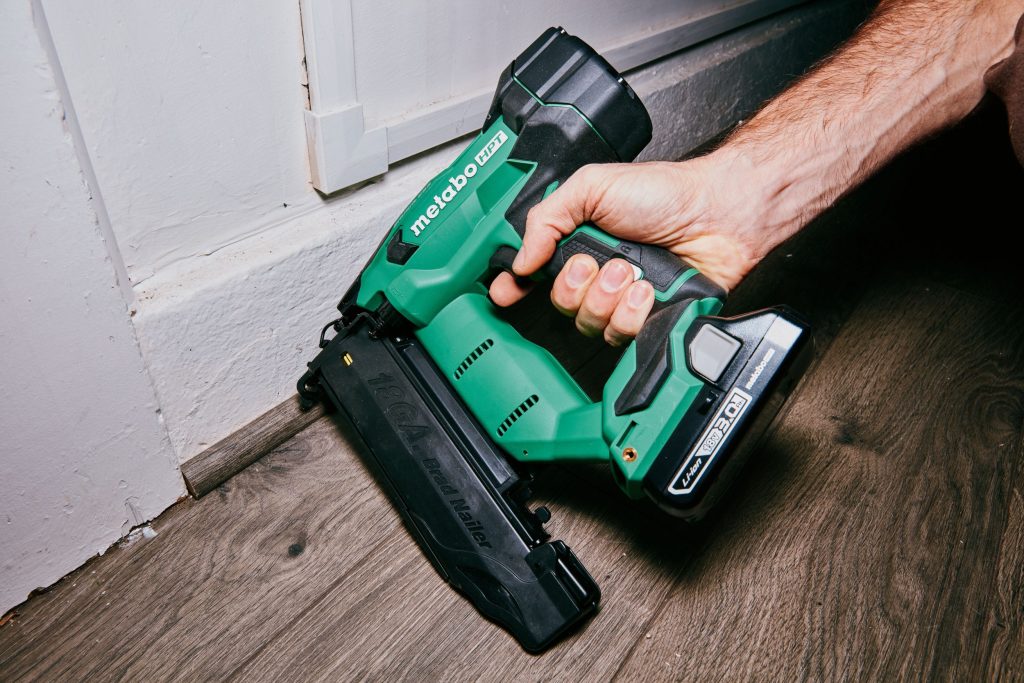
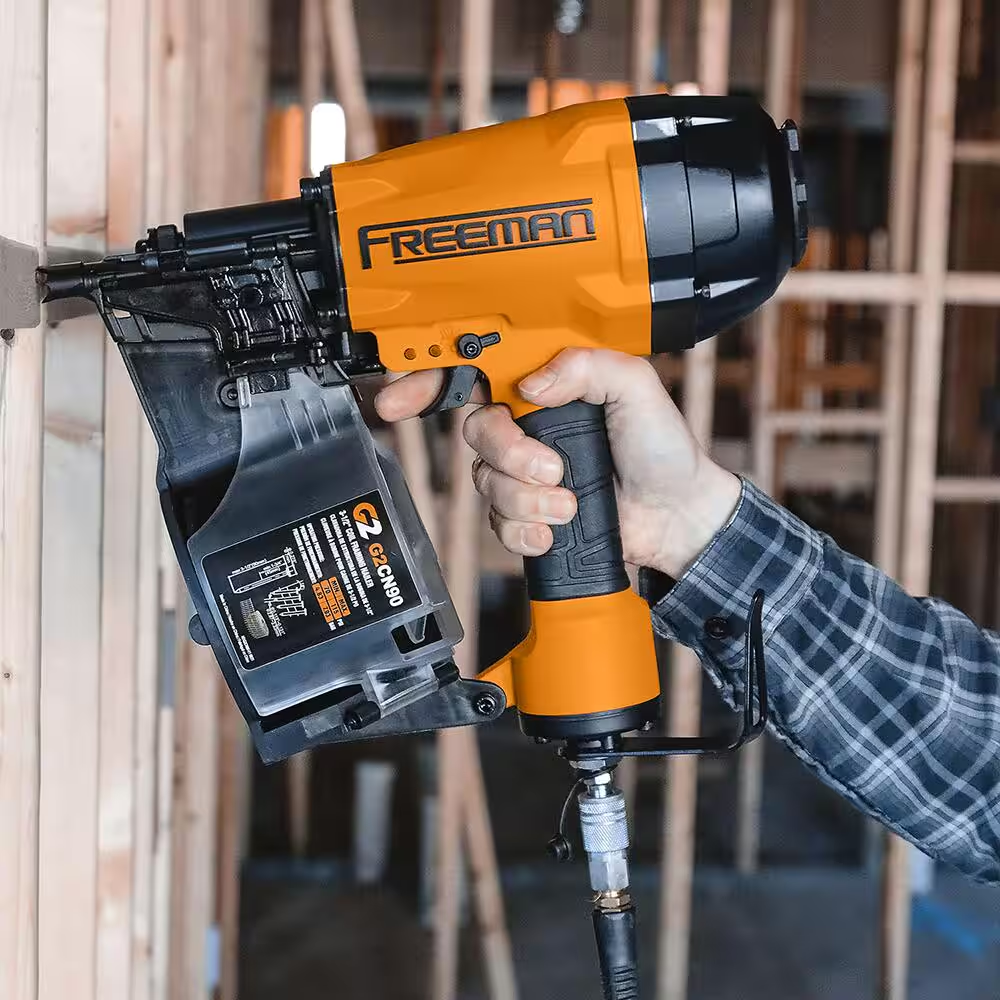
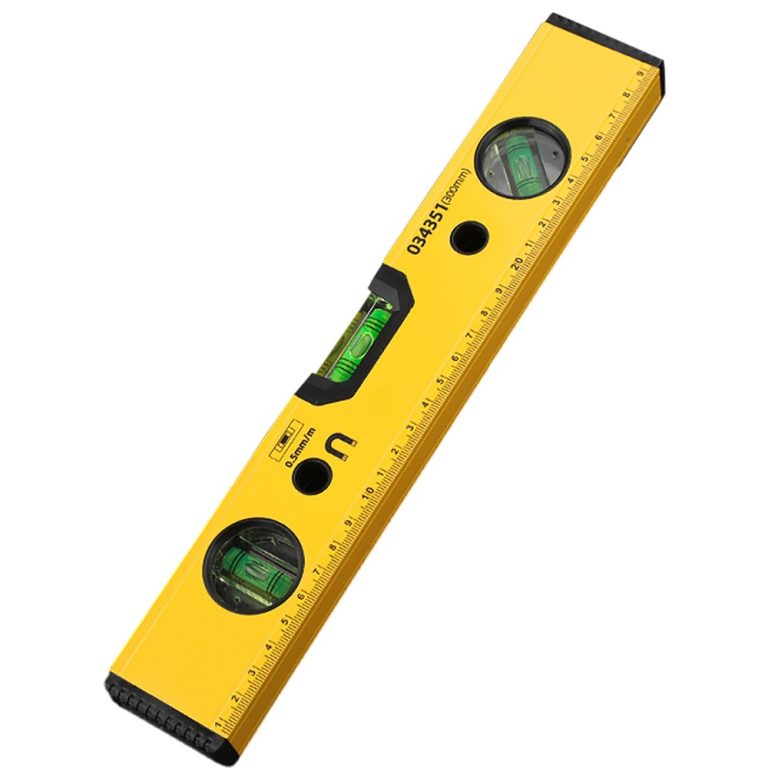
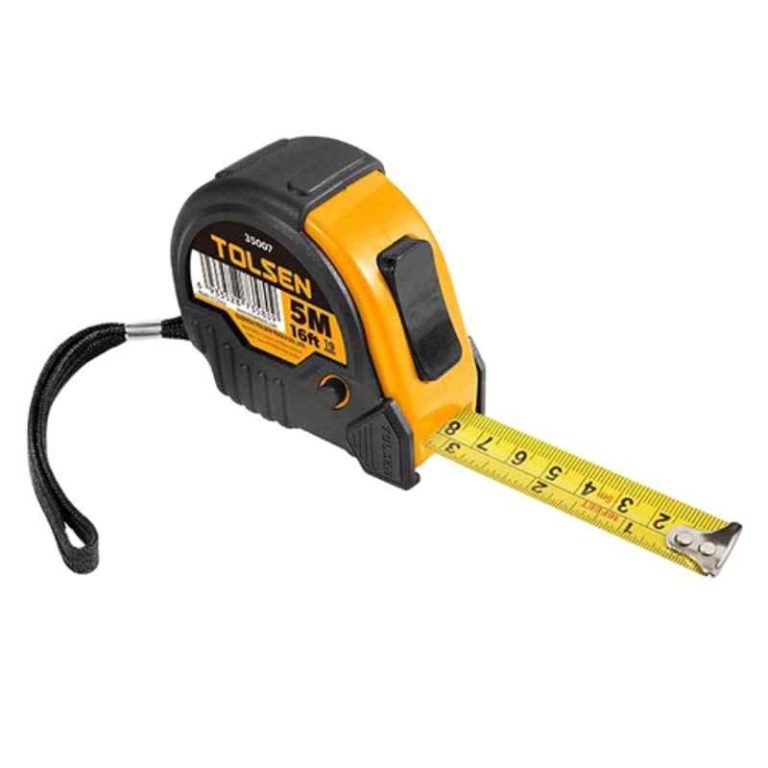
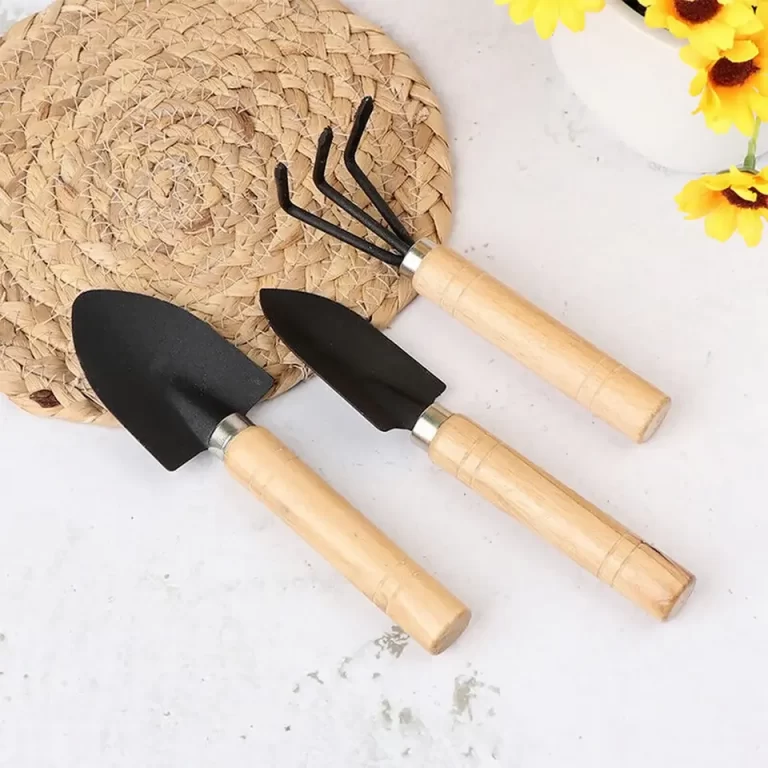
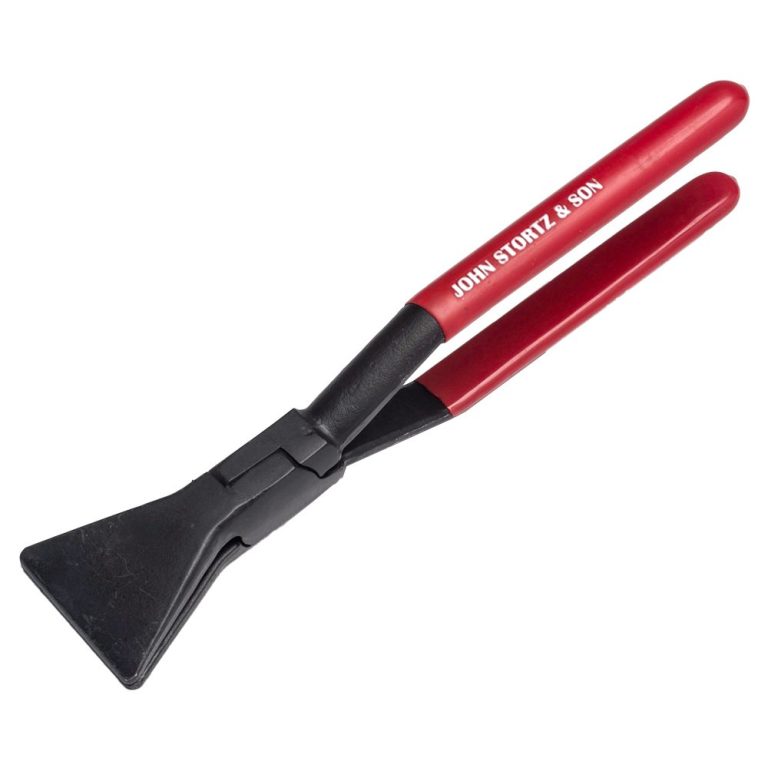
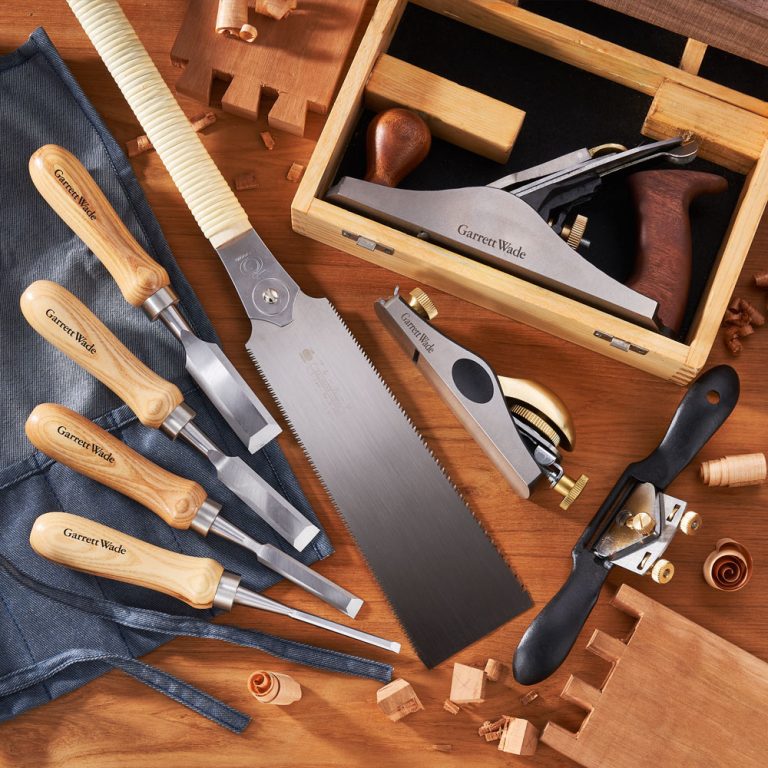
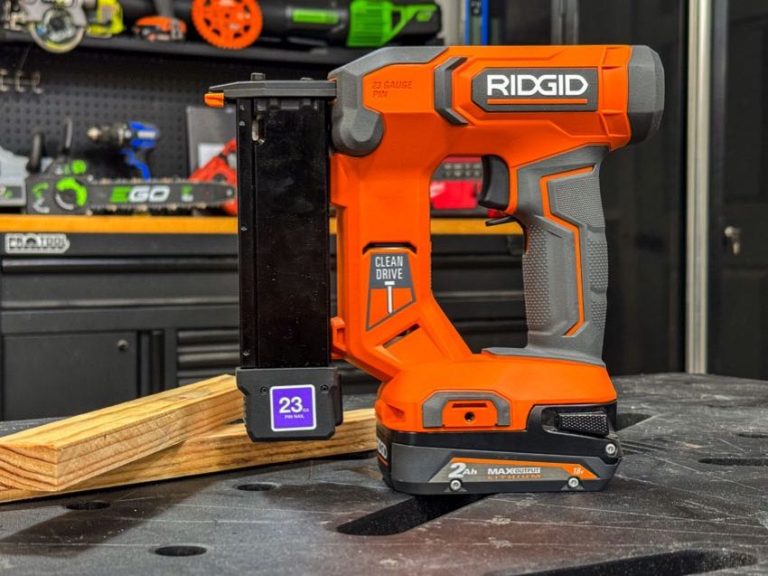

+ There are no comments
Add yours